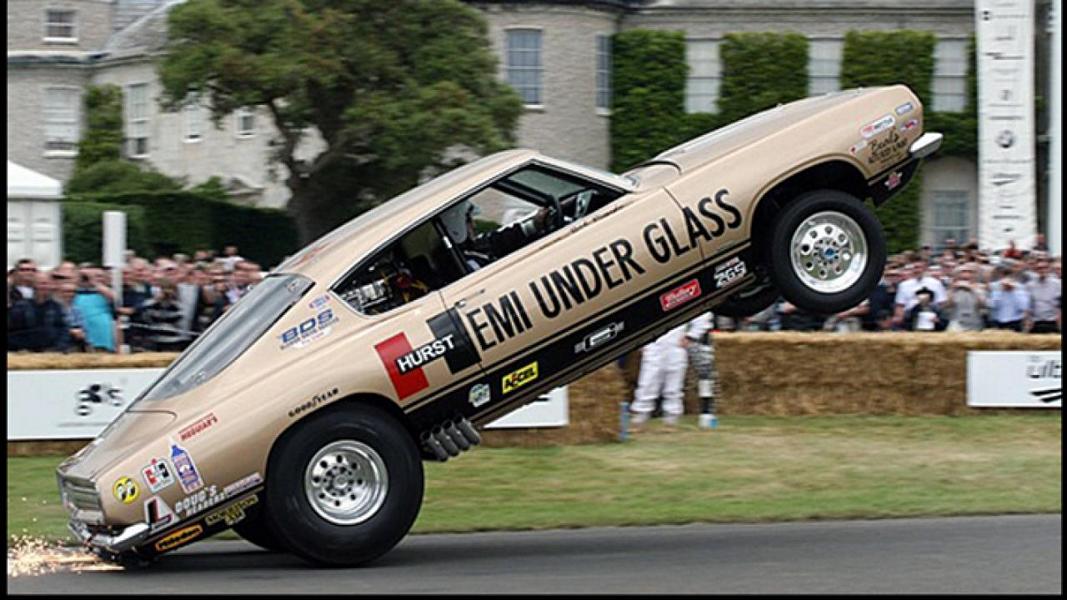Does your newer, more lightweight locomotive inexplicably derail, especially around tighter curves? It could be torque steer!
For the uninitiated, torque steer pertains to front wheel drive vehicles...
https://en.wikipedia.org/wiki/Torque_steer
Torque steer is the unintended influence of engine torque on the steering, especially in front-wheel drive vehicles. For example, during heavy acceleration the steering may pull to one side, which may be disturbing to the driver.
Torque steer can also be manifested on newer, lighter diesel and electric locos having a) only the front truck driven and b) traction tires on the same axle. I've personally experienced this on my Lionel Amtrak Alco FAs, and, more recently, on my A-B-A RMT Beef lashup.
Same axle traction tire issues are nothing new, of course; the problems of differential steering with neither wheel slipping on curves have been documented in the past. However, I've found the problem to be exacerbated when the power truck in question is the lead truck.
Fortunately, there IS a quick and dirty fix: Turn the loco around and run it with the powered truck in the back! Like magic, the problem disappears. ![]()
In the case of my Lionel Alcos, I wound up rebuilding the locos with the powered truck in the rear. Since the front and back trucks are built slightly differently, this entailed disassembling both trucks and putting the power components in the rear trucks.
Since, for some odd reason, the rear A unit of my A-B-A Beef lashup was not equipped with a working headlamp, I'll have to install one. Minor edit. ![]() I'll also probably wind up rewiring the motors to start in default "reverse".
I'll also probably wind up rewiring the motors to start in default "reverse".
Have any of you experienced this issue? If so, tell us how you dealt with it!
Mitch



